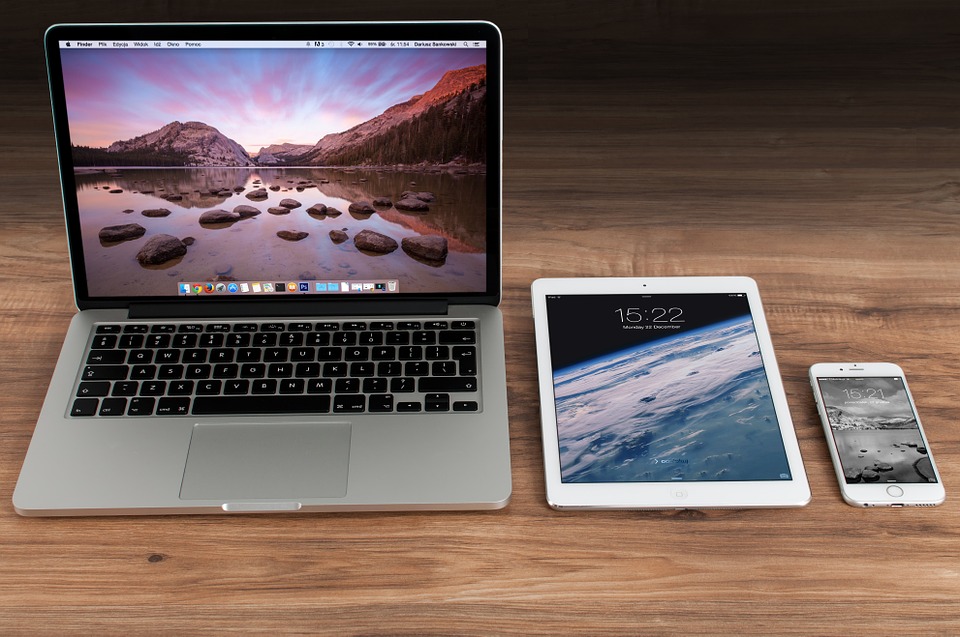Business or office mobility (also called enterprise mobility at times) is a reference to the change in work habits and communication expectations for today’s modern employee. We can measure mobility by simply analyzing the capabilities and efficacy of a professional when they’re outside of their normal work environment.
Nearly every employee will have the need for mobility in their professional life at one point or another. In fact, 61% of workers reported working outside the office at least part of the time in 20151. Whether it’s a family vacation, a doctor’s appointment, an off-site meeting or any other necessity that pulls you away from work—the question isn’t if you’ll work away from the office, it’s how effectively and efficiently you’ll be when you’re working away from the office.
 Most businesses have plans to support their “mobile workforce” (e.g. the traveling sales team, consultants, field representatives etc.). The problem arises when staffers aren’t typically part of the “mobile workforce” find themselves trying to work away from the office. These employees may not need mobility every day, but when they do it’s essential. When it comes to the discussion on mobility and creating a functional mobile office, this is the group that is too frequently marginalized.
Most businesses have plans to support their “mobile workforce” (e.g. the traveling sales team, consultants, field representatives etc.). The problem arises when staffers aren’t typically part of the “mobile workforce” find themselves trying to work away from the office. These employees may not need mobility every day, but when they do it’s essential. When it comes to the discussion on mobility and creating a functional mobile office, this is the group that is too frequently marginalized.
The global mobile workforce has never been larger; in 2015 the number of mobile workers in the world surpassed 1.3 billion2. Yet, regardless of what we know, we haven’t fully addressed the issue of mobility for employees who don’t regularly expect to be away from their desk. Some companies don’t place emphasis on these situations because they appear, on the surface, to be negligible. However, one study suggests that companies gain an extra 240 hours of work per year from employees due to business mobility2. What could each employee accomplish with six extra work weeks in a year? Thinking about it this way, mobility doesn’t seem quite so trivial.

Staff members who don’t see “travel required” in their job descriptions are taking mobility matters into their own hands in droves. Actually, 77% of employees use their own phones and 62% depend on personal tablets for work3. However, this can create an unnecessary risk to company data, networks and resources. Additionally, this trend has created angst among some leaders who site the lack of security controls for new devices and clients as the largest obstacle in businesses becoming more mobile (38%)4. On the other hand, when mobility is executed strategically these leaders realize its importance; 71% say mobility is a top priority and 63% believe it to be “the biggest factor in helping them gain a competitive edge”4. Further still, 67% of CIOs and IT professionals believe mobility will impact businesses as much or more than the internet did in the 1990s5.
So, now that you recognize your company’s need for office mobility where do you even begin? Well, we created a concise, simple and painless tip sheet for making your phone system more mobile friendly. This guide is yours for free by clicking “Get the Mobility Tip Sheet” button below. You can also ask us for your free mobility audit by calling (216) 619-2000 or emailing marketing@n2net.net. Put our service to the test and we’ll show you why we’re the voice and data company that clients love!
1https://www.citrix.com/articles-and-insights/workforce-mobility/jun-2015/7-enterprise-mobility-statistics-you-should-know.html
2http://fliplet.com/blog/enterprise-mobility-statistics-infographic/
3http://julyrapid.com/enterprise-mobility-2015-kick-starting-enterprise-app-revolution/
4https://www.xcubelabs.com/our-blog/enterprise-mobility/15-insightful-stats-on-enterprise-mobility/
5https://www.pinterest.com/pin/551972498053815893/
